In this short article, I take a look at an interesting, very fast lens for M-Mount: the Voigtländer 50mm f/1.2 Nokton VM. As a very engaging M-Mount lens that isn’t made by Leica, it sort of complements the long-running M Files series by Jörg-Peter Rau.
Jörg-Peter has just published the nineteenth instalment in his series. It’s a project that is already an essential point of reference for all Leica and M-Mount users. Jörg-Peter has my greatest respect for his in-depth reports and descriptions of the various cameras and lenses belonging to the M-mount family but which, as he says, are “not Leica”.
This review piggybacks onto J-P’s seminal project and tells about my experiences of a very specific combination — using the Voigtländer Voigtländer 50mm f/1.2 Nokton on a digital Leica, the M10. It does not approach the depth of Jörg-Peter’s M Files articles, nor does it attempt to, but as a highly specific exercise, it serves to complement the larger picture.
The Voigtländer 50mm f/1.2 Nokton, here tested on a real Leica
As far as I can determine, the Voigtländer 50mm f/1.2 Nokton VM for the Leica M Mount was released in 2018. There have been relatively few reports and reviews about the lens (especially in German) since it was released some five years ago. And indeed, some of those reviewers did not use a Leica digital camera but based their experiences on the use of the lens mounted on other mirrorless cameras by means of an adapter.
I bought my used copy in the Spring of 2023. There was no external evidence of wear when I opened the box, and I am very happy with the purchase. The current recommended price is €1099 in Germany and just under £900 in the UK.
| Voigtländer 50mm f/1.2 Nokton | |
|---|---|
| Focal length | 50mm |
| Aperture range | f/1.2—f/22 |
| Construction | 8 elements in 6 groups |
| Angle of view | 47.5 deg. |
| Aperture blades | 12 |
| Minimal focus distance | 70mm |
| Diameter | 63.3mm |
| Length | 49mm |
| Filter thread | 52mm |
| Weight | 344g |
| Thread for lens hood | Yes |
| Included accessories | Front and rear caps |
| Optional accessories | LH-10 lens hood (or older LH-8) |
For me, the Voigtländer 50mm f/1.2 Nokton represents a compelling alternative to the various 50mm Summilux lenses produced by Leica over the years. These are all a bit longer but much slimmer and weigh about the same.
Since I haven’t had the chance to play with the new Leica 50mm f/1.2 Noctilux-M, I am unable to make the obvious direct like-for-like comparison. Nor did I have a 50 mm Summilux to hand. However, I understand the Nokton is based on a design first introduced nearly 50 years ago in 1966, and I do not know to what extent things have changed since then.
For the purposes of this review, therefore, I have compared the Voigtländer 50mm f/1.2 Nokton to my Leica 50mm f/2 Summicron-M.
Construction
As described above, the design comprises eight elements in six groups. The case is made of metal. Unfortunately, Voigtländer does not supply a lens hood, so you have to purchase it separately if you want it. Or you use a different one.
All old manual Nikkor lenses have a filter thread of 52mm. With the HN-7 hood of the Nikkor 50mm f/1.4, the Voigtländer looks even cooler, despite slightly impinging on the rangefinder view.
I wonder how you manage to get a sharp image of the lens and frame through the rangefinder. You can see above that it doesn’t work for me.
The positive thing about the Nokton is that the frames are displayed for 50mm.
Chromatic aberrations and vignetting
Hey, the starting aperture is a fast f/1.2. This allows for small colour deviations and, yes, some vignetting. In Lightroom, there is a profile for the lens that I apply to the images. I usually set the vignetting correction to 75%.
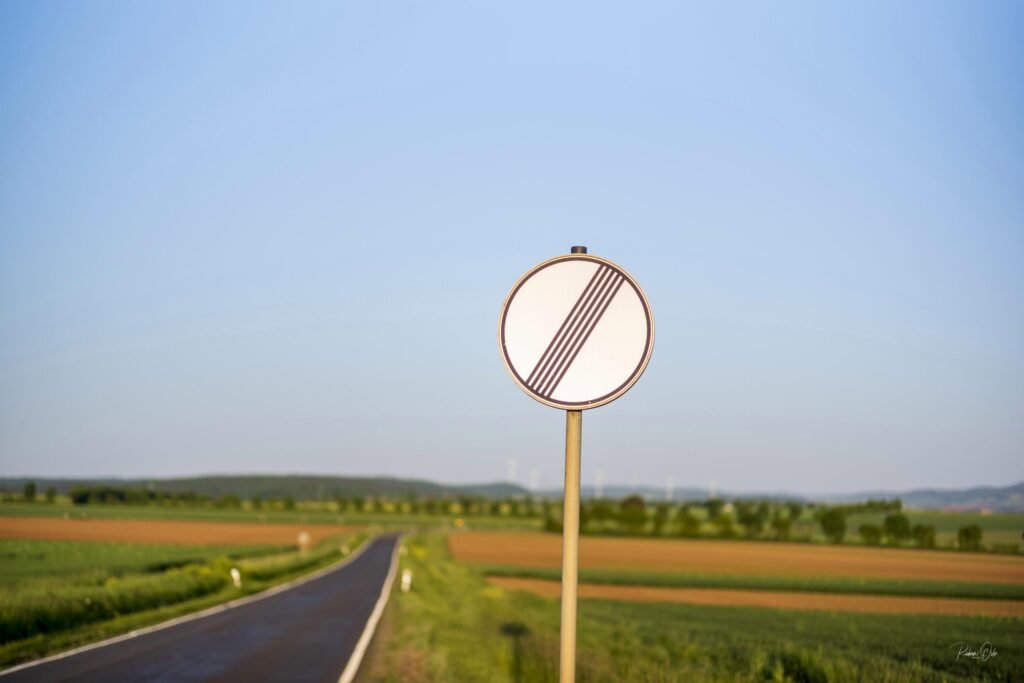

When stopped down, the colour deviations and vignetting disappear. I could not observe any large-scale colour shifts on the sides of the image to purple or green on the M10. Given the quality of the lenses that Voigtländer/Cosina have achieved, I would have been very surprised if I had.
Sharpness
Wide open, the Voigtländer 50mm f/1.2 Nokton VM softens a bit. With a close-up limit of 70mm, you sometimes miss the focus point, cough … And no, at f/1.2, it’s not razor-sharp in the extreme corners.
Stopped down to f/5.6, the Nokton is sharp right into the corners on the M10 and probably would perform just as well on the higher-resolution M11.
Bokeh
Subject separation and bokeh at a wide aperture is something that is par for the course with such a fast lens. In fact, you simply cannot imagine not being able to isolate a subject with an f/1.2 lens. It is certainly impossible with this Voigtländer 50mm f/1.2 Nokton.
In my opinion, the bokeh effect always depends a little on the background. Here I find the bokeh calm and the transitions smooth. Admittedly, this is always in the eye of the user or viewer, and your mileage may vary.
Flare
So far, I haven’t been able to generate significant flare, despite using the lens without the hood. This obviously requires more effort.
Sun stars
Hey, that’s a Voigtländer with 12 aperture blades. All of my Voigtländer lenses can capture spectacular sun stars, and this one is no different. You don’t even have to stop down further than f/8.
The above images all taken at f/8
Sharpness compared to the Summicron
Below is a bit of pixel-peeping. I’m not a big fan of the art, but I was very interested to check out the results from the Nokton. Unfortunately, the pictures here don’t convey it as perfectly as I would have liked. But, from my point of view, they show that you don’t have to accept a reduction in sharpness with the Voigtländer. For all images, I enlarged the middle of a significant target area in Lightroom to 100%.
Colour rendering on the M10
The colours of the Voigtländer 50mm f/1.2 Nokton are a little bit colder than those of the Summicron.
I used the “Landscape” profile from Lightroom for all images. Exposure compensation was set to Auto.
The M10 recognises the Summicron as such through the coding. For the Voigtländer, I had set the profile to 50mm f/1.4 11868. That should be the pre-aspheric Summilux.
Ultimately, this plays a rather subordinate role when photographing in RAW format.
Lightroom has a profile for the Voigtländer that eliminates vignetting and distortion. This was not used for the example images for the comparison to the Summicron. All other images are tagged with this profile.
Cesenatico at Night
Cost
I bought my used copy of the Voigtländer 50mm f/1.2 Nokton from MPB.com for under €700. The new price is €1,099, which is a quarter of what is required to buy a new Summilux. It’s definitely not four times worse. It’s just different.
Cesenatico
Conclusion
On the Leica M10, you get a wonderfully functioning lens, which clearly pushes the limits of usable light backwards with the widest aperture of f/1.2. Approximately, I drew level with the Leica Q and its f/1.7 lens. Where the M10 used to disappear into the camera bag and the Q had to do the work, the M10 can now continue to do the work. It is logical, however, that the focal lengths cannot be compared.
At f/5.6, it is exceptionally sharp and draws with fine contrast.
For wide-open use, even during the day, the M10’s exposure time of 1/4000s is the limiting factor. I don’t feel like fumbling with ND filters.
It’s thicker than the Summicron and protrudes slightly into the 50mm frame of the rangefinder. Aesthetically, the black ‘Cron on the M10 looks more elegant than the Voigtländer 50mm f/1.2 Nokton.
There is no doubt that the Voigtländer lenses will never achieve the collector status of their Leica counterparts, nor do they have to. Voigländer users aren’t seeking showcase pieces. They look for everyday usability and performance at a price that won’t break the bank.
Jonathan Slack’s review of the 50mm Leica Noctilux f/1.2
Bill Rosaueer’s review of the Voigtländer F/1.2 Nokton in Viewfinder
The M Files Navigator steers you through dozens of M-Mount lenses and cameras
Sie können diesen Artikel im Original auch hier bei Messsucherwelt lesen
Join the Macfilos subscriber mailing list
Our thrice-a-week email service has been polished up and improved. Why not subscribe, using the button below to add yourself to the mailing list? You will never miss a Macfilos post again. Emails are sent on Mondays, Wednesdays, and Fridays at 8 pm GMT. Macfilos is a non-commercial site and your address will be used only for communications from the editorial team. We will never sell or allow third parties to use the list. Furthermore, you can unsubscribe at any time simply by clicking a button on any email.







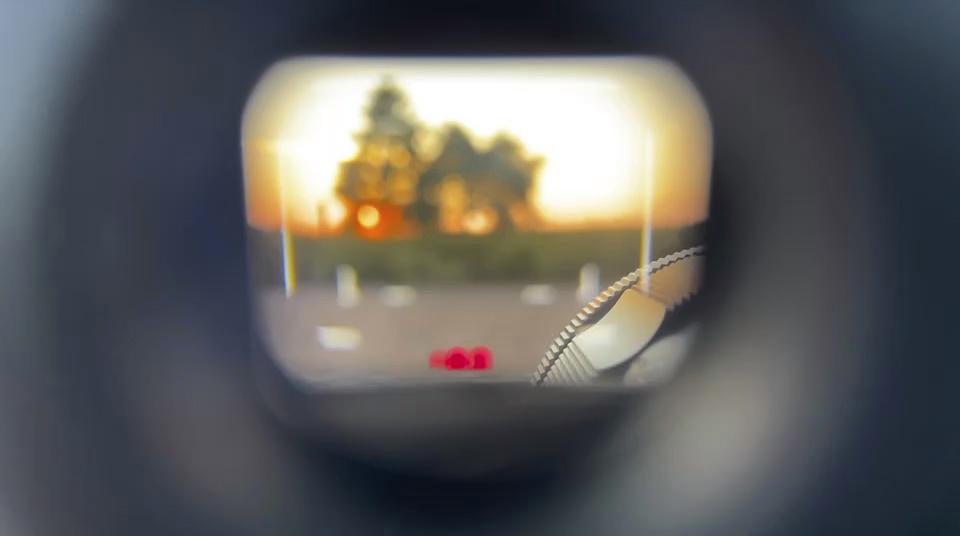















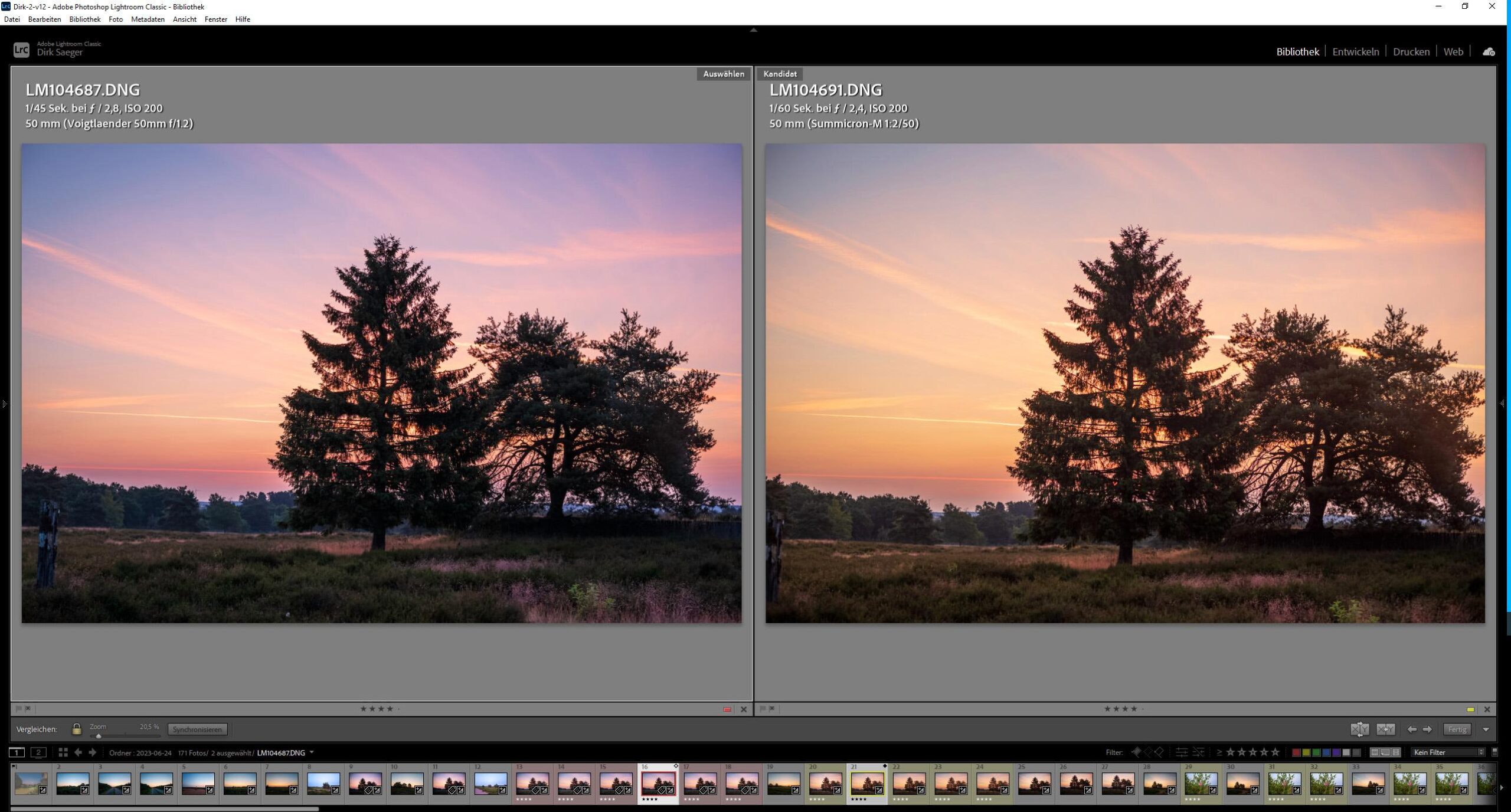
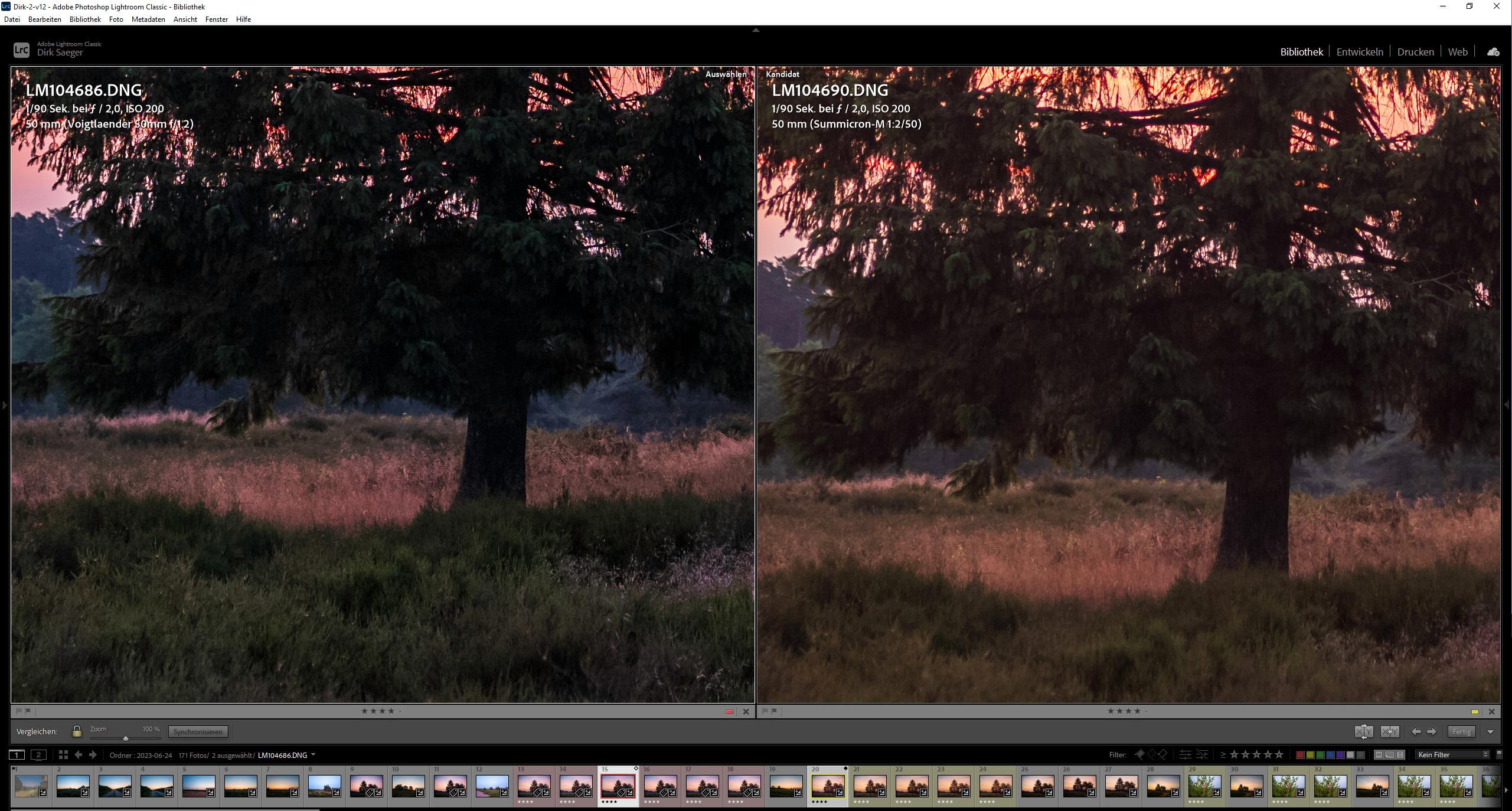
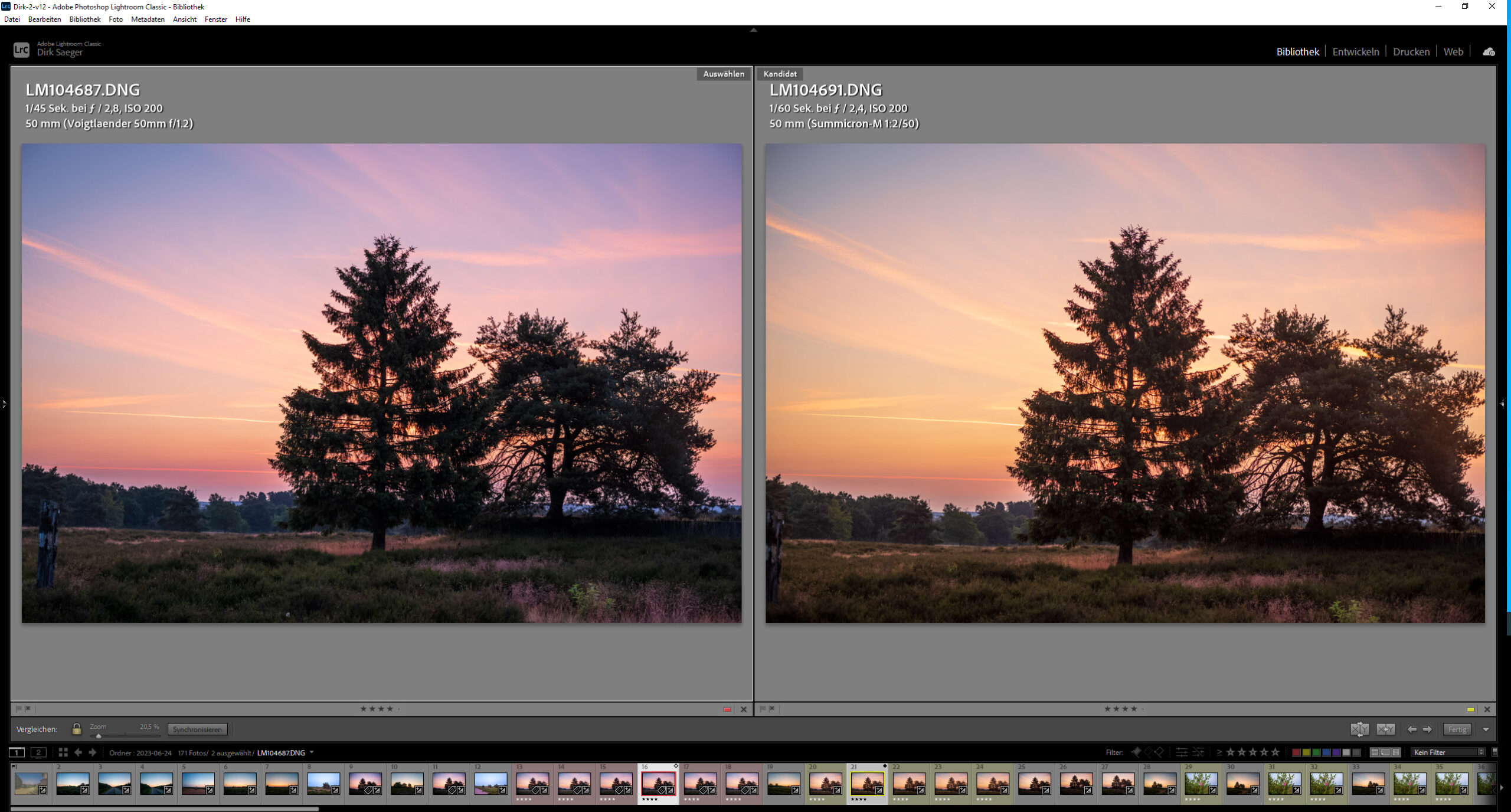
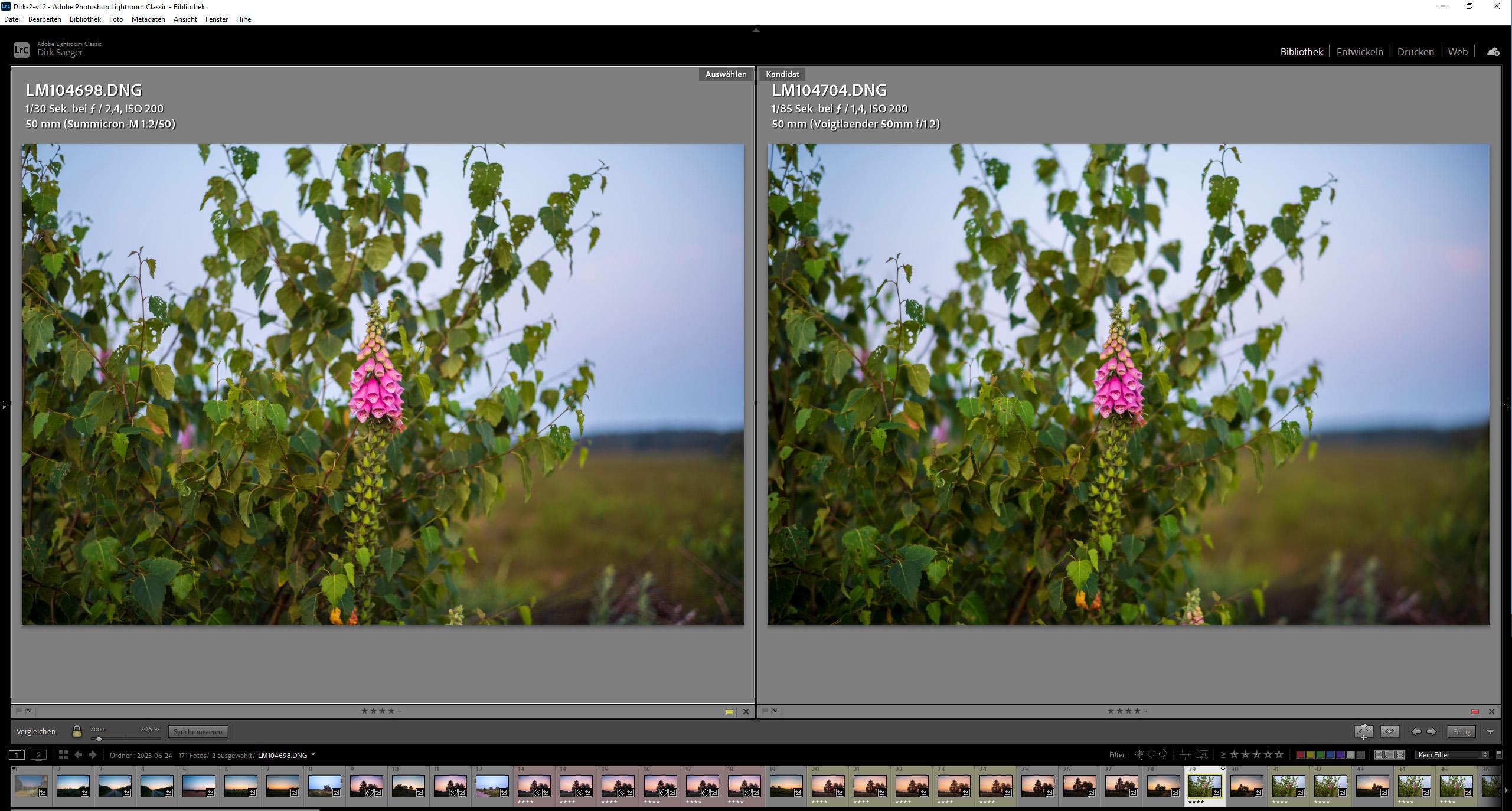
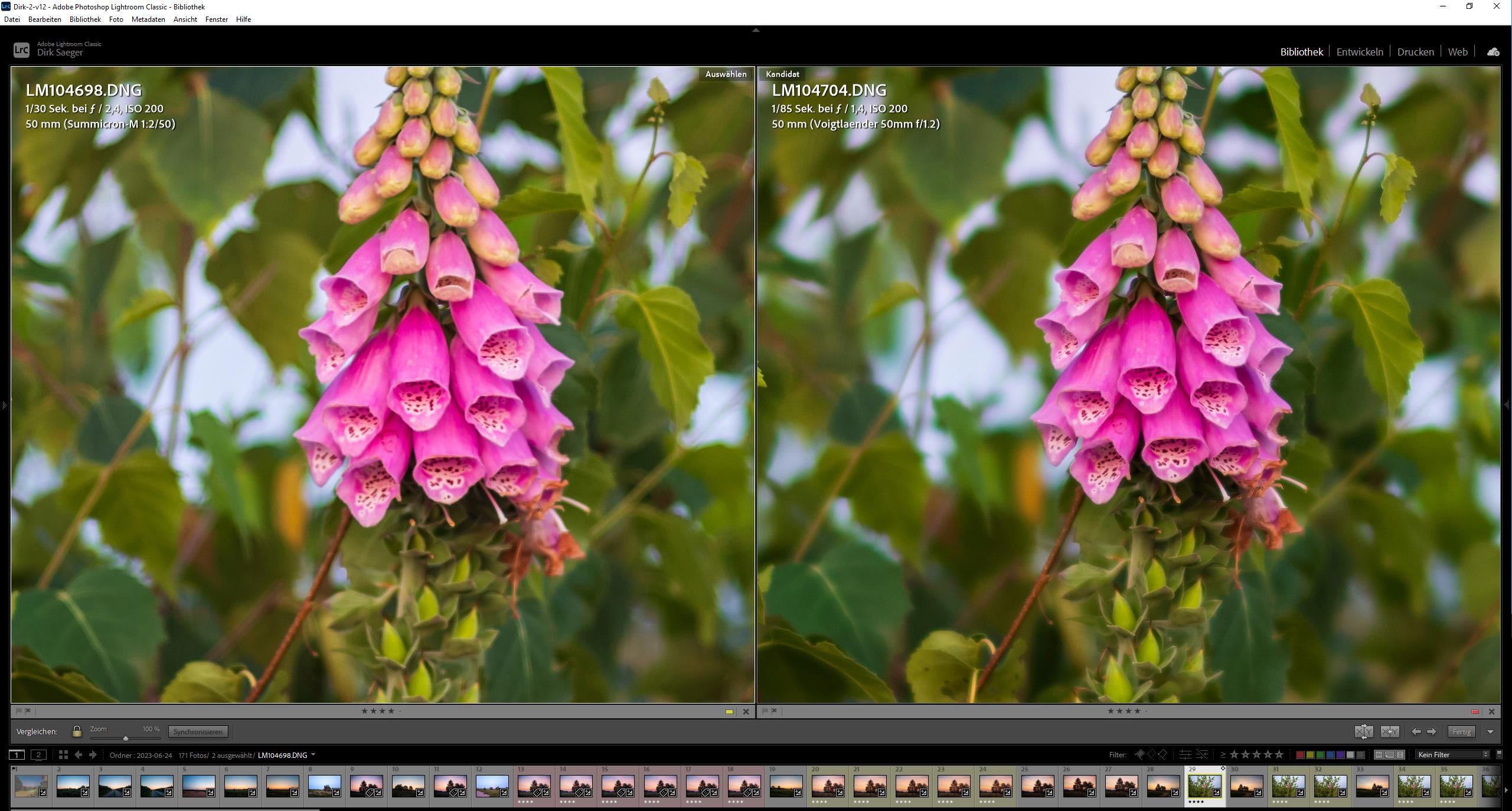
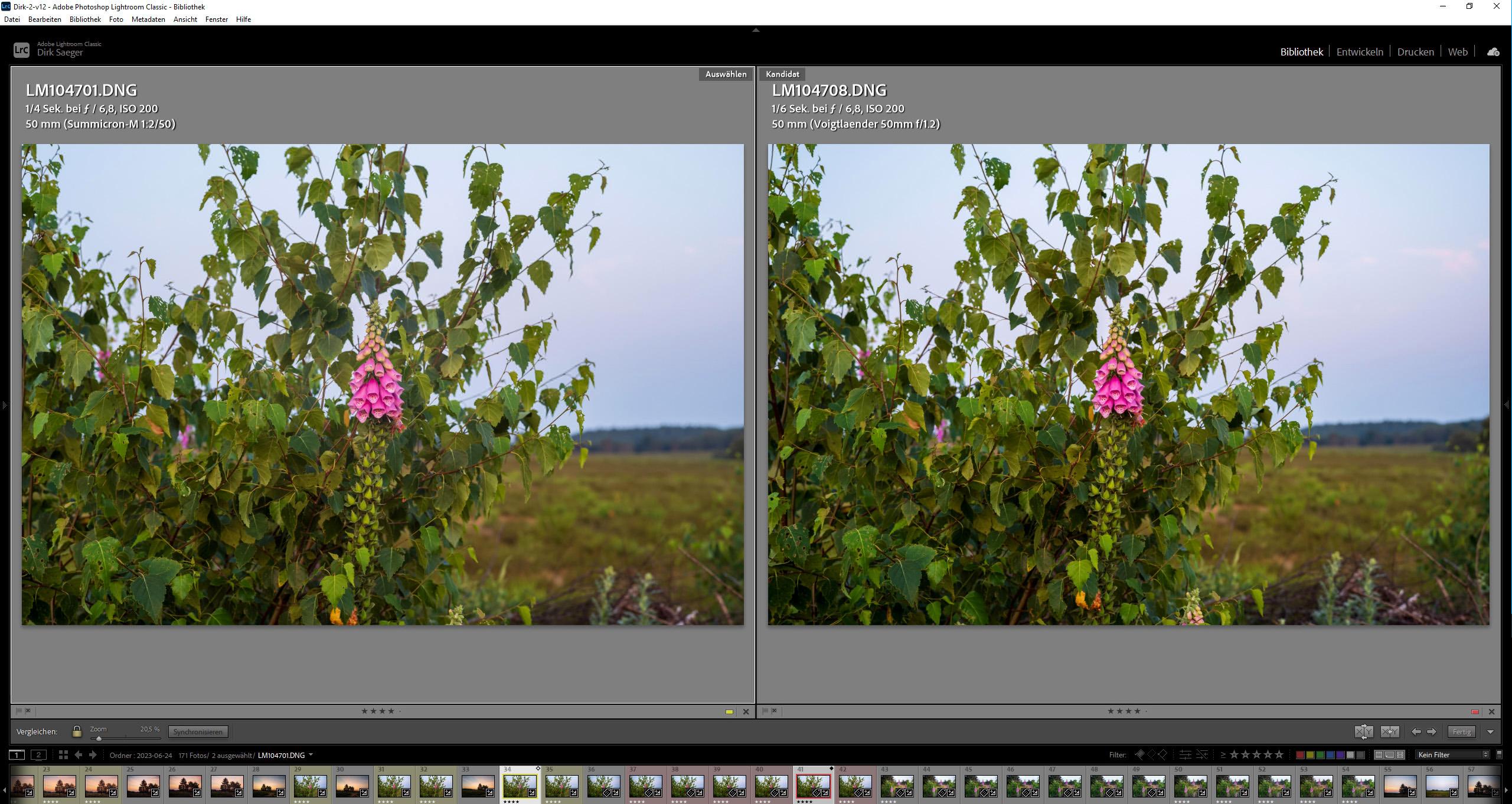
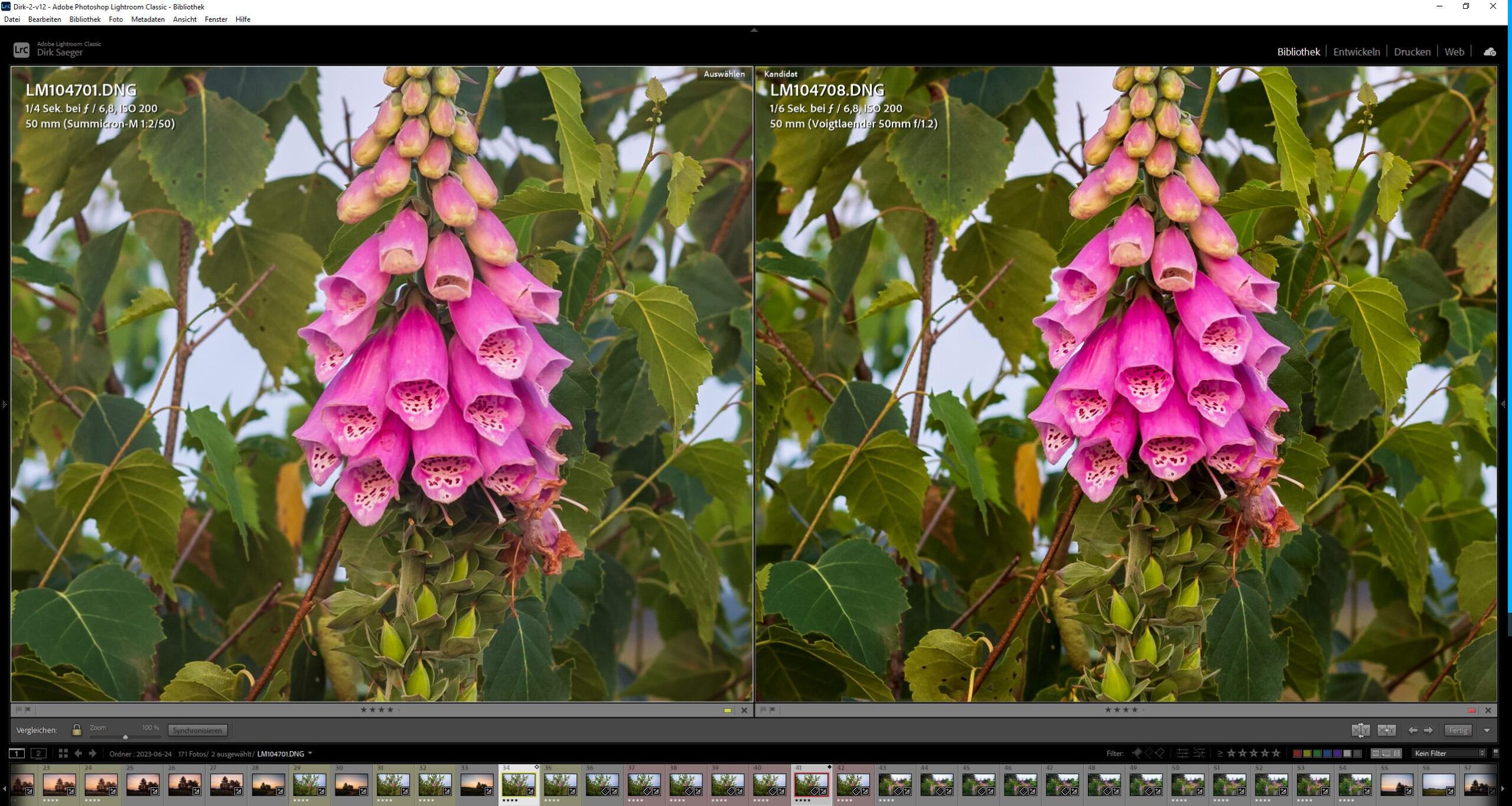
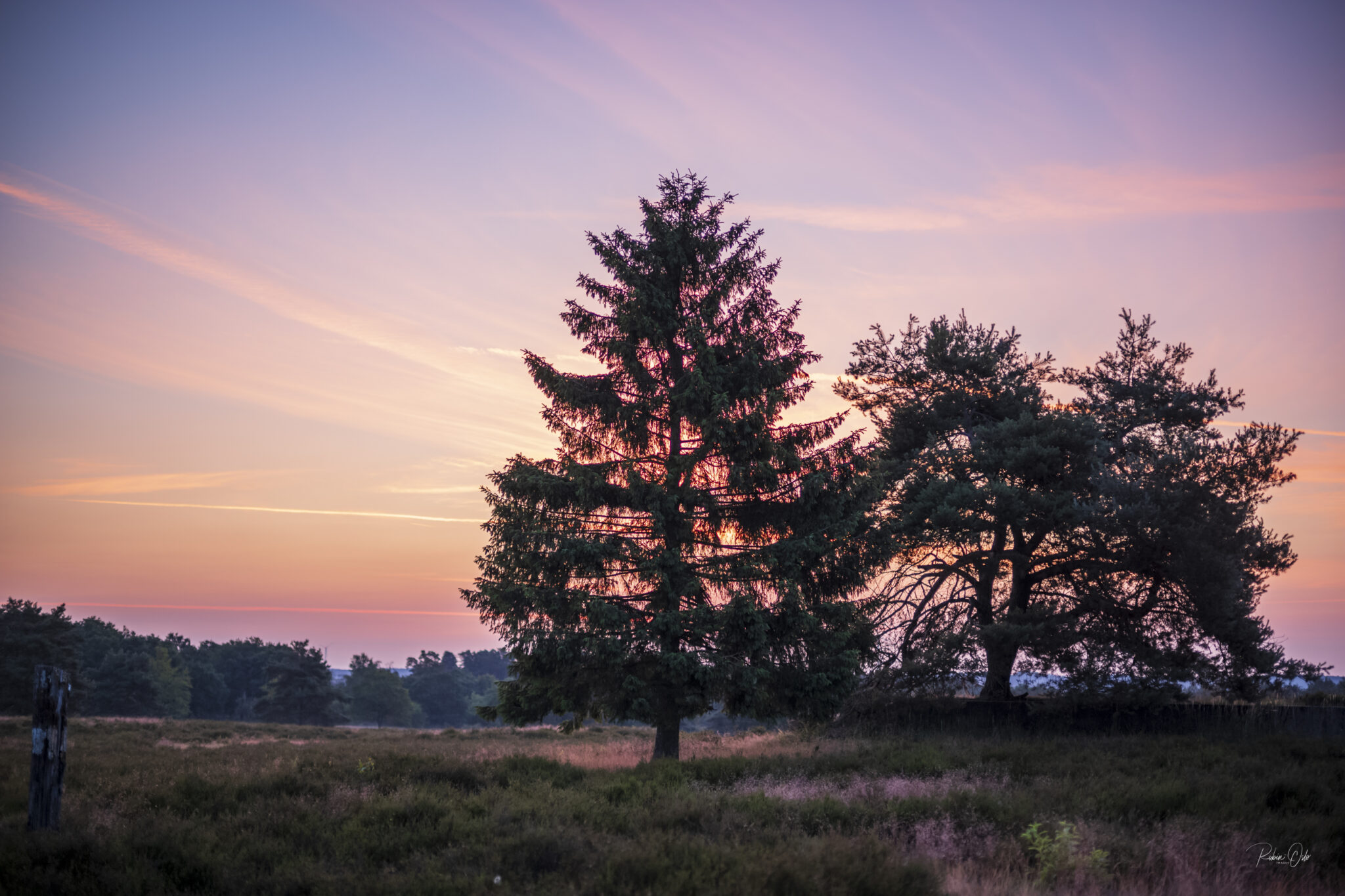
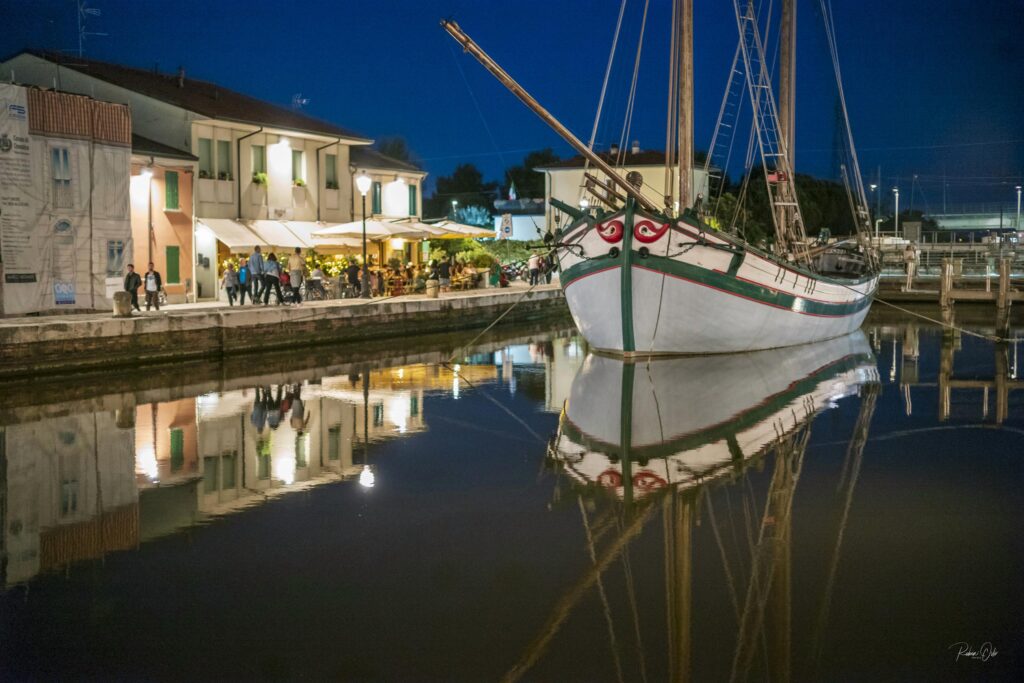











I am looking forward to looking at 50mm 1.2 M Lens as I have adaptor ring on my Leica SL2 camera this will save me a lot of money as Leica camera lenses are expensive.
Hi Dirk – many thanks for this inaugural article! Looking forward to many more. At some point I might be in the market for a fast M-lens in the 50-75mm range, so it was great to read your assessment of this Voigtlander option. Looks very tempting! All the best, Keith
Dear Dirk, a wonderful review with great images. And a very warm welcome in the team of the Macfilos authors. The 50/1.2 seems to be very attractive lens. The 50/1.0 is sitting on my shelf for another M Files episode. What I have seen so far is impressive but I realize that I need more practice in actual use of such a demanding device. All the best, JP
Hi, my Voigtlander 1.0 is an extraordinary lens. Far exceeded my expectations My Leica 50s went out the door. In my opinion it is a better lens than the legendary Leica m 0.95 but it does lack the m bit coding for those that change their glass after every image
Hi Brian,
you could add a desired coding by using a template for your lens.
Greets Dirk
Dear JP,
how about a meeting and a comparison of the two lenses?
Greets
Dirk
“..Voigtländer have been around for a very long time, so one would expect them to understand that different photographers have varying preferences..”
The name ‘Voigtländer’ has been around for a very long time (since about 1756). But today’s ‘Voigtländer’ is just a label used by Cosina – in Japan – (who’ve licensed the name from the German photo products wholesaler Ringfoto) ..just as anything you now see labelled ‘Polaroid’ is not made by the original company founded by Edwin Land; it’s a new company which simply uses the old name. A bit like ‘Leica’, really: a few of the old staff still work there, but it’s a new outfit belonging to Andreas Kaufmann.
Regarding “..’The Ilford Manual of Photography’. The address of that company was located in… er… Ilford, London..” ..yes; that’s, er, why the company was called ‘Ilford’. You know, like the ‘British Journal of Photography’ was – and is – produced in, er, (who’d a thunk it?) Britain. A bit like British Railways used to run the trains in, er ..Britain.
(Have you been drinking developer again for breakfast, Stephen?)
A quickie visit to Ilford would soon disabuse traditional photographers of their romantic notions of rolling fields, copses and burbling books next to the factory. Didn’t they end up in Cheshire somewhere, a good 200 miles from Ilford?
Yup: Ilford (..the company..) is now called Harman Technology, based in Mobberley, Cheshire. But that really is a place of “..rolling fields, copses and..” er, “..burbling brooks“: lovely Cheshire countryside, just by Knutsford and the Wilmslow Golf Club.
(Knutsford, named after King Canute’s ford, on his way to the seaside to demonstrate that even he, as king, could not turn back the tide! ..Have I left out a verb from that?)
Yes, bubbling books…
Knutsford isn’t far from Holmes Chapel which an old friend of mine, who has old when I was young and possessed of a strong Lancashire accent, called Wom’s Chapel. As in going wom.
Hmmm…. do books bubble or burble?
I don’t know about books bubbling or burbling, but I certainly do! ..As you’ve noticed!
Yeah… It’s called coffee.
Pardon me David, I meant to insert:
“(Have you been drinking developer again for breakfast, Stephen?)”
To which the reply remains:
“Yeah… It’s called coffee.”
How utterly true that is!
“..one easy way to start developing at home is to actually develop your film in coffee, also know as caffenol developing..”
See ‘DEVELOP B&W FILM WITH COFFEE!’ at:
https://shootitwithfilm.com/caffenol-film-developing-tutorial/
Cheers!
Voigtländer have been around for a very long time, so one would expect them to understand that different photographers have varying preferences.
So I would think, more power to their ancient elbow.
If every lens/camera combination did exactly the same thing, there would be no point to photography, or photography criticism (blogging). All the camera makers and merchants would have long ago ceased to exist, and we would all be much worse off.
Sometime, long ago, I acquired a small collection of old books about the art, and the same questions were being discussed then as now, and I would expect that this will be the same in years to come.
Funnily enough, one of those books is titled “The Ilford Manual of Photography”. The address of that company was located in… er… Ilford, London.
It is a very dense and dry read, but everything one needs to know is there, apart from descriptions of mirrorless cameras and other stuff that had not been invented or manufactured at that point.
Thanks for the very thorough review. Voightlander is always on my mind — somewhere between Leica a TT Artisan 🙂
I had one question: some of the images looked soft. I know that photos are seriously down-sampled for MACFILOS. Is that a factor here?
Anyone who can focus an f1.2 at night earns my admiration!
Hi Kathy,
which one of the images do you mean in terms of soft?
It would of course be much nicer to present them in full resolution but that would melt the server storage …
Thanks for the compliment regarding focusing at night. It took a lot of patience. That’s no point and shoot 😉 at all.
Greets
Dirk
Here is a link to the review I wrote of the 50/1.2 Nokton I wrote for the LHSA Viewfinder.
https://leicasocietyinternational.org/blog/2018/12/voightlander-50-1-2-nokton-lens-review?rq=50%20Nokton
It is an outstanding lens, and works very well on my M10-P and M10 Monochrome
Have you had the chance to test it on a Leica M11?
Have not tested it/used it on the M11. I only had an M11 for evaluation from Leica when it first came out. The M11 is a great camera, but not for me. I prefer my M10-P and M10 Monochrom.
Speaking of images appearing soft on line, when I took a look at my article online yesterday, some of my images appeared very soft. As I took them, I remembered them being much sharper. However, with the LSI website, if you click on an image, you can then view it in much better resolution.
Since acquiring the new 50/1.2 Noctilux, I have not been using the Nokton much. In comparison, the Nokton is sharper, etc. being a much newer design. But I just love the rendering of the Noctilux, and it is my current daily driver.
Hi Bill,
please expand on “The M11 is a great camera, but not for me” if you have a moment. Is that about file size perhaps or another annoyance. I’d love to hear more as I am enjoying mine very much.
All the best
Des